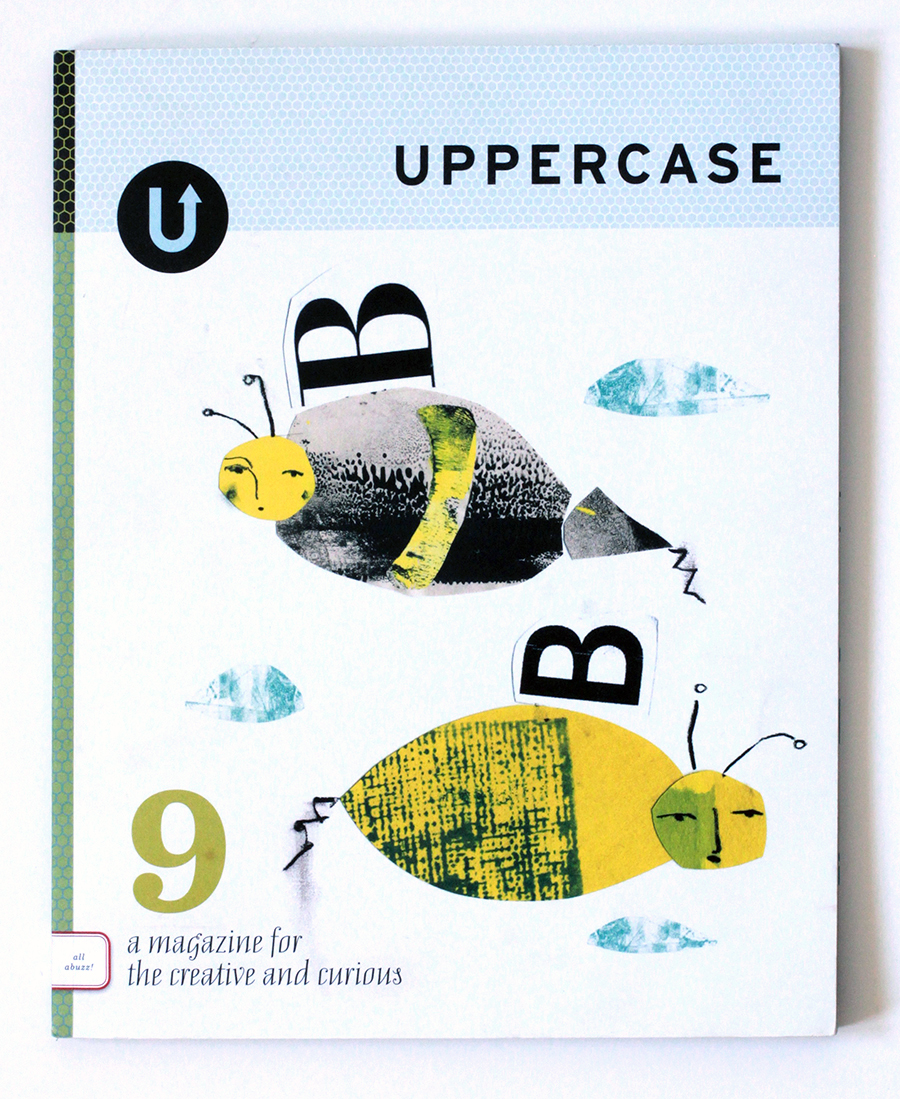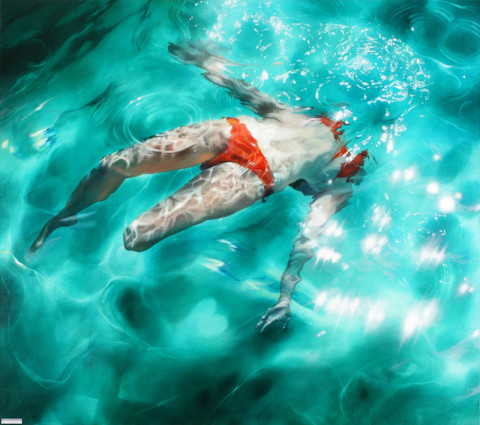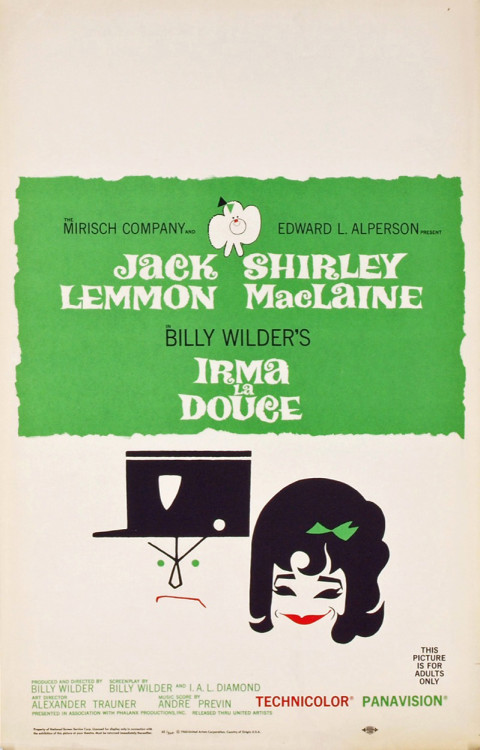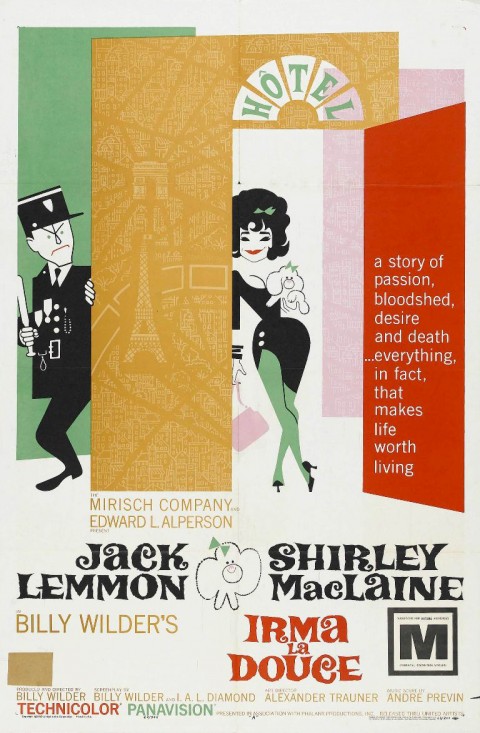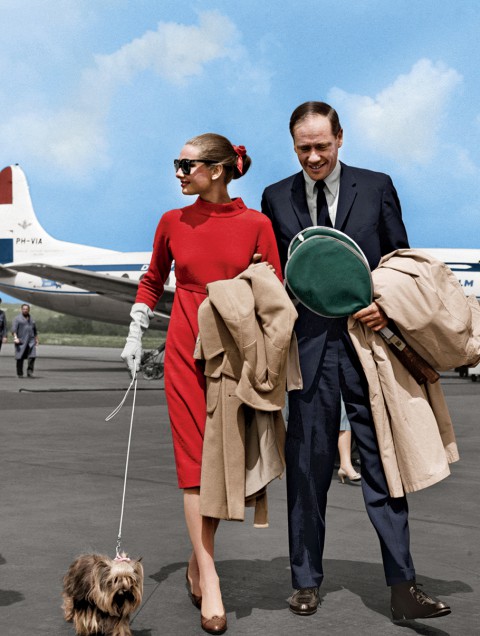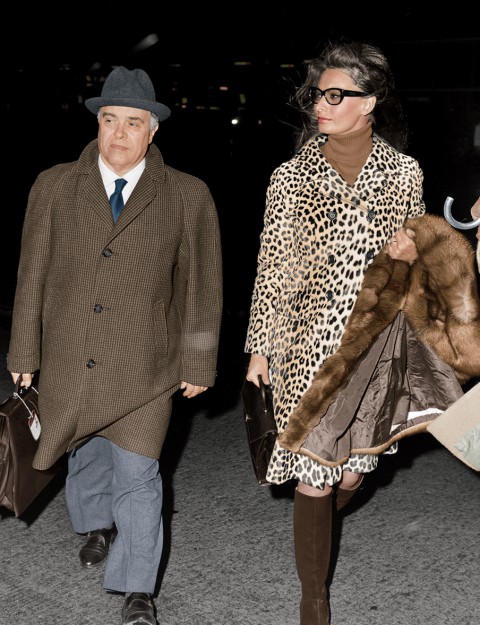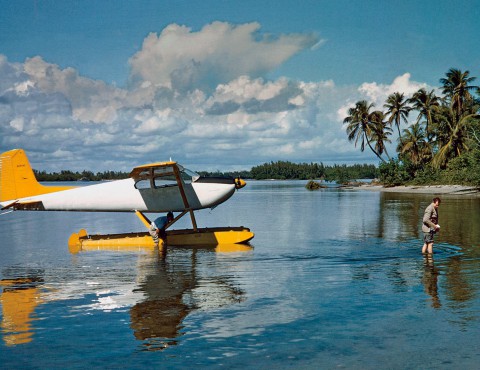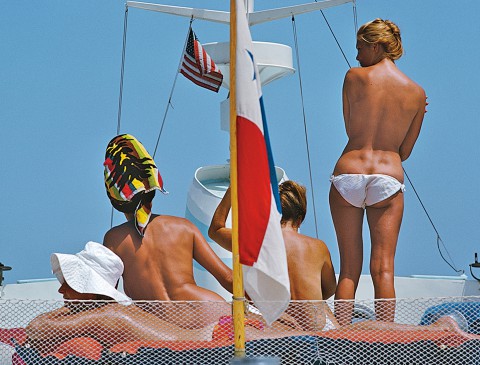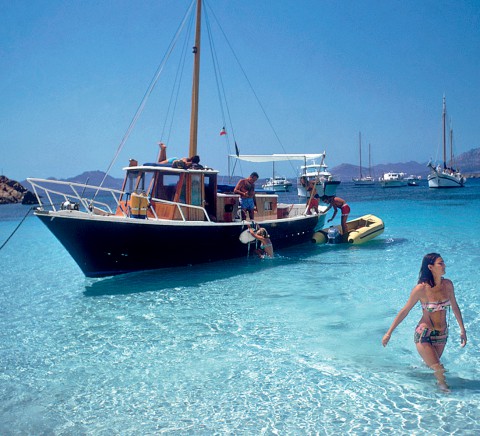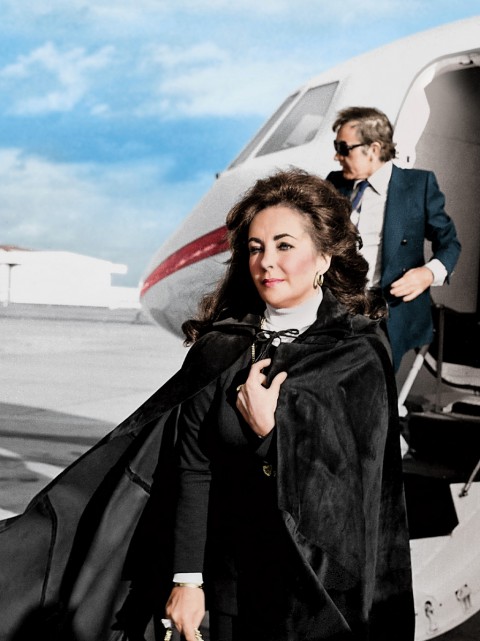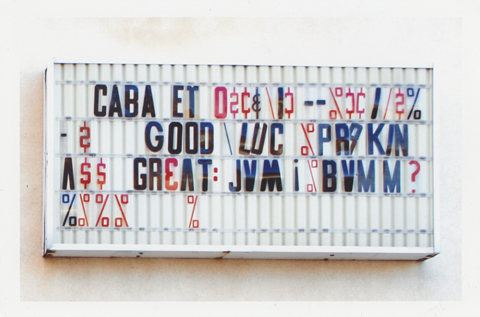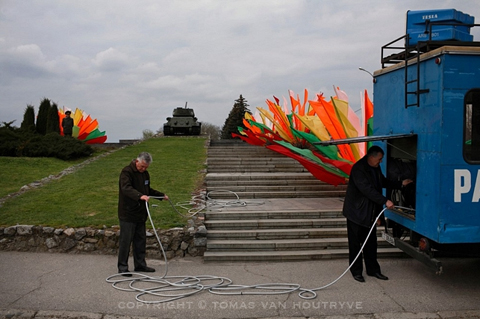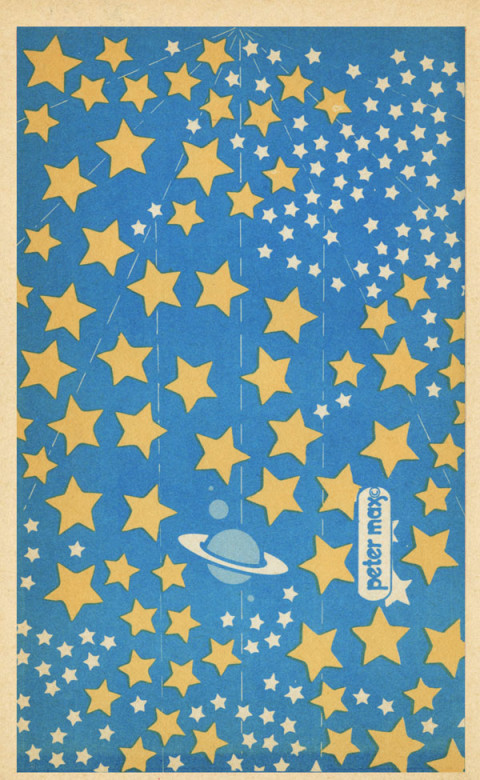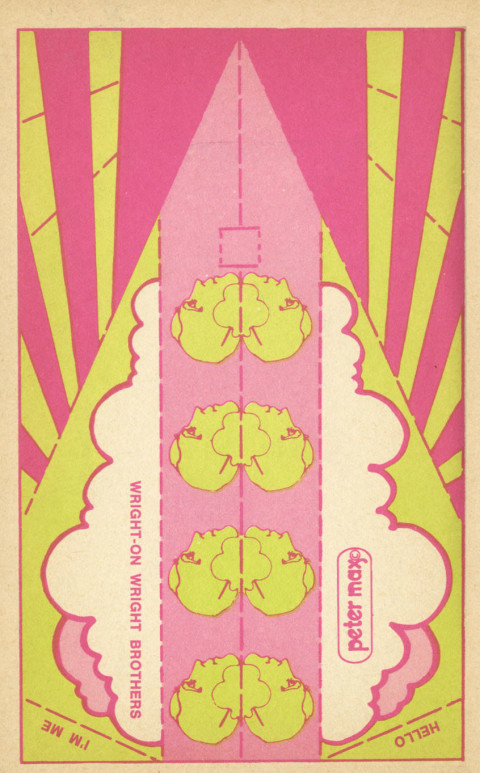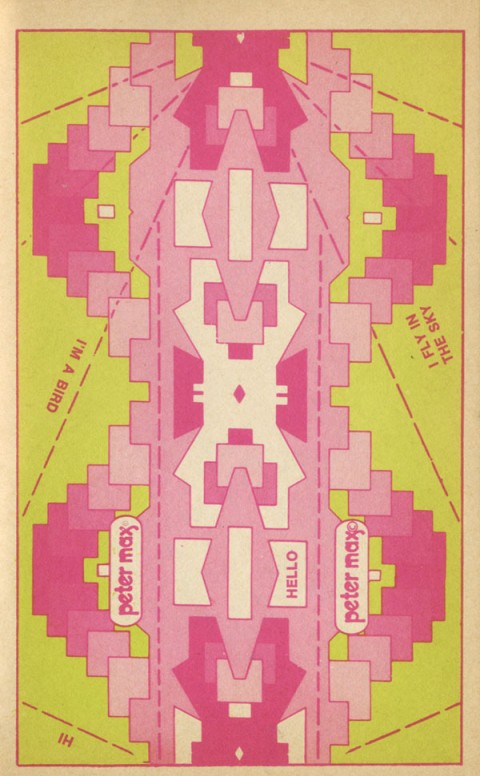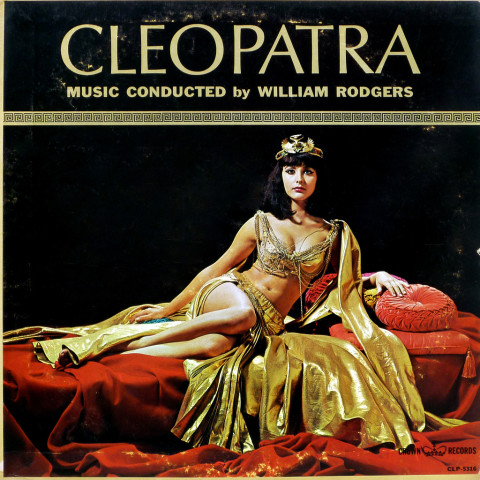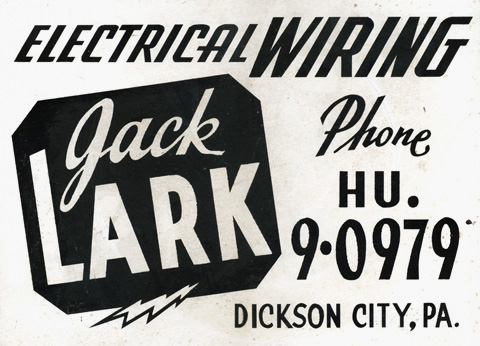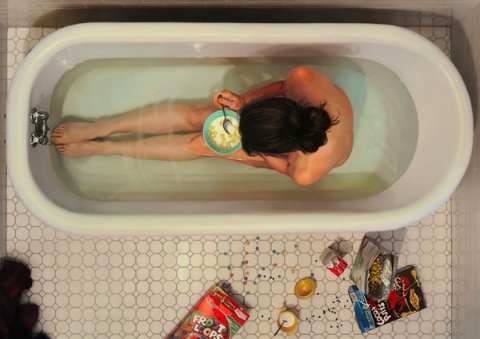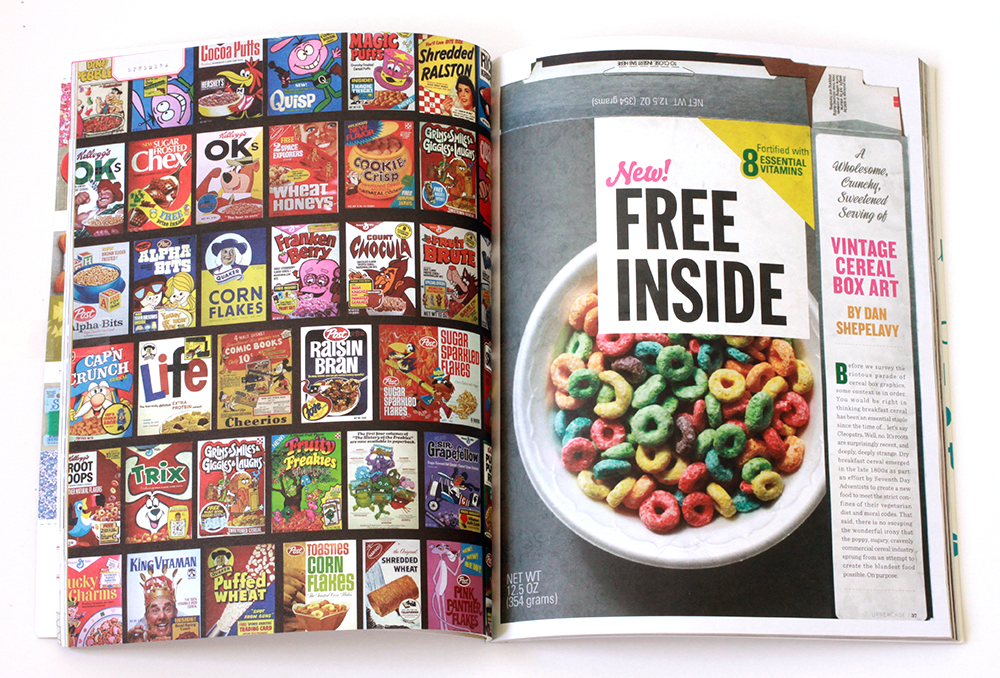


Before we survey the riotous parade of cereal box art, some context is in order. You would be right in thinking breakfast cereal has been an essential staple since the time of the ancients. Well, no. It’s roots are surprisingly recent, and deeply, deeply strange.
Dry breakfast cereal emerged in the late 1800’s as part an effort by Seventh Day Adventists to create a new food to meet the strict confines of their vegetarian diet and moral codes. There is no escaping the wonderful irony that the goofy, sugary, cravenly commercial landscape we associate with breakfast cereals sprung from an attempt to create the blandest food possible. On purpose.
For the curbing of wanton desire
The modern cereal era began in 1887 with John Kellogg, operator of the restorative Battle Creek Sanitarium. Kellogg was a a follower of Reverend Sylvester Graham who, by way of a strict simple diet sought nothing less than the permanent curbing of our base sexual appetites and desire for erotic experimentation. The centerpiece of this diet was his namesake invention, the Graham cracker. One night Kellogg left boiled wheat soaking over night and accidentally created wheat flakes. In these dried, crinkled flakes, Kellogg saw a path to righteous eating and a pious life.
His savvier – and, frankly, less unhinged – brother, Will Kellogg then reverse-engineered the process to create Corn Flakes, and in 1894 filed the patent for “Flaked Cereals and Process of Preparing Same.” The brothers then fell out over the idea of adding sugar to the flakes. John, worried as ever about wanton lasciviousness and sexual excess, opposed this blatant wickedness. Will, on the other hand, moved on and turned his attention to an idea that would eventually revolutionize product promotions – the special offer & the free prize. In 1909, Kellogg produced Funny Jungle-land Moving Pictures Booklet, a kids comic. Grocers gave one to anyone buying two boxes of Kellogg’s Corn Flakes. The promotion lasted another 23 years. He also established the conceit of a boosterish mascot – in this case a green rooster named Cornelius. Kellogg was like the Beatles of breakfast cereal – he invented every fundamental concept in the industry. In 1928, he introduced Rice Krispies; his company then went on to develop Apple Jacks, Froot Loops, Frosted Mini-Wheats, and Special K.
Charles William Post invented Grape Nuts after visiting John Kellogg’s spa. (The perpetually mystifying name refers to a grape-like aroma that only occurs during manufacturing) Post went on to develop Alpha Bits, Cocoa & Fruity Pebbles, Honeycomb, Raisin Bran, and Shredded Wheat. In 1937 General Mills introduced Kix, the first puffed cereal. With this last development, the basic manufacturing and production foundation of the cereal industry was in place. The rest relied on a magic confluence of food coloring, sugar ratios, ornamental ingredients, graphic design and heaped dollops of advertising shenanigans.
Larger Size, More Flavors!
Aesthetically, there is a lot to admire amidst the unruly bramble of ten decades of box design. Pep – the Solar Cereal, is a case study in mid-century sci-fi, with overt nods to Alex Raymond’s Flash Gordon and Wally Wood’s EC Comics work. Kix is pure Brillo Pad pop art.
The original Froot Loops, in muted pastel surprisingly sophisticated, now sadly extint, stylish color scheme. The Rice Krispies box, with the white panel and compressed type over a full bleed photograph of an overhead product shot, remains very contemporary. Post Raisin Bran, while less popular than its Kellogg’s doppelganger, steps out in far better outfits. The 70’s also begat a pot-soaked Sid and Marty Croft- like folly called Freakies. It had a full mythology, characters named Snorkeldorf and BossMoss, and a magical quest – and it failed after four years.
Wheaties underwent a fascinating transformation from an almost American industrial tool look, to an abstract, nearly French cartoon silhouette, to the iconic jock-o-rama billboard it’s become. Sugar Jets is a lovely artifact of New Frontier-era space mania with science textbook-like illustrations, diagrams and booklets about man-made Satellites. Great typesetting abounds – Quisp, Sugar Sparkled Flakes, Super Sugar Crisp, the sturdy sans serifed Kellogg’s house style for Rice Krispies, Apple Jacks, Frosted Flakes.
Anchoring the mix is the original Corn Flakes box. In husky charcoal, muted burgundy and off-white it is a stark, well proportioned typographic structure. It looks as solid today as the day it hit shelves. Its successor, with its iconic, simple green rooster composition, is still on shelves today.
Knap! Knaetter! Knak!
Some notes regarding breakfast cereal advertising characters. The Quaker Oats man became the first registered breakfast cereal trademark in 1877. Tony the Tiger debuted in 1952, inaugurating the golden age of cereal mascots. He was subject to an election for the role, beating out Newt the Gnu, Katy the Kangaroo, Elmo the Elephant, and Tony the Tiger. Shredded Ralston must have had serious goods on Elizabeth Taylor.
Snap Crackle and Pop, introduced in the early 1930’s, are gnomes, not elves. In English it’s “Snap! Crackle! Pop!,” in Sweden, “Piff! Paff! Puff!,“ Germany, “Knisper! Knasper! Knusper!,” Mexico, “Pim! Pum! Pam!,” Finland, “Riks! Raks! Poks!,” and in South Africa, “ Knap! Knaetter! Knak!”
Mel Blanc, the beloved voice of Bugs Bunny, initially voiced Toucan Sam. Count Chocula and Franken Berry came first, in 1971. Two years later – Boo Berry, then Fruit Brute. Fruit Brute was discontinued and replaced by Fruity Yummy Mummy. Fruity Yummy Mummy fared no better than Fruit Brute.
My personal favorite is the ace propeller-headed alien known as Quisp. A friendly, zany spark plug of extraterrestrial good cheer. And, Trix Rabbit did manage to score some cereal, twice, in 1976 and 1990.
Hey Kids! Look! Inside!
In 1946, the injection mold radically changed the special in-box promotional offer. Now it was about cheap toys. Or rather, it seems, cheap submarines. Cereal brands berthed a veritable miniature fleet – a functional scale model of the USS Nautilus, courtesy of Rice Krispies; a diving, surfacing torpedo-firing USS Skate from Frosted Flakes; and a Trix-sponsored atomic sub bristling with five Polaris nuclear missiles. Navy frog-men swam in a sea of Corn Flakes. Wiz-bang Flash Gordon-esque space opera gear was also popular – ray-guns, rockets, air-cars, and the fearsome and cryptic Tobor, the Mystery Action Robot unleashed by Shredded Wheat Juniors. Once again, Corn Flakes was the pioneer here, with an absolutely gorgeous, stark, black-white-and-red Official Space Cadet equipment cut out kit.
The fading of exuberant hucksterism
Today, the cereal aisle is a far quieter, more orderly array. Many old heads still dominate the shelves – Captain Crunch, Life, Trix, Lucky Charms, Cheerios, Kix, Wheaties, Rice Crispies, Frosted Flakes, Froot Loops. All have gotten slick makeovers, and computer-generated re-renderings. Thing is, they all seem slightly forced and awkward in their shiny new duds. These days, too, all the mascots are basically in the same pose, acquiescing to what must be focus group demands – ¾ shot, leaning slightly forward, appendage extended in a glad-handing invitation. Almost as a nod back to stodgy old John Kellogg, there is also a heavy focus on health. Which makes acres of sense, but with the unwelcome side effect of making everything more, literally, clinical. The blaring, exuberant, hucksterism of competing special offers & prizes has definitively subsided, reduced to a few desultory Nascar and movie tie ins.
It’s a weird thing to say about breakfast cereal, but for almost ¾ of a century it was an exciting time. There’s a sense of no one being in charge–like old Vegas, the wild west, the early days of the Internet, or certain fertile eras of the music business. It was a time in American consumer culture where things hadn’t settled out yet. You can feel, palpably, every one’s craft– graphic design was varied and carefully honed, prizes were complex and multi-featured, copy exuberant. Everything aimed for silliness as a way into people’s shopping carts. It was gonzo and wacky, by design. It’s hard to imagine a time in the world of business when wacky was what sold–but it did. By the bushel.
